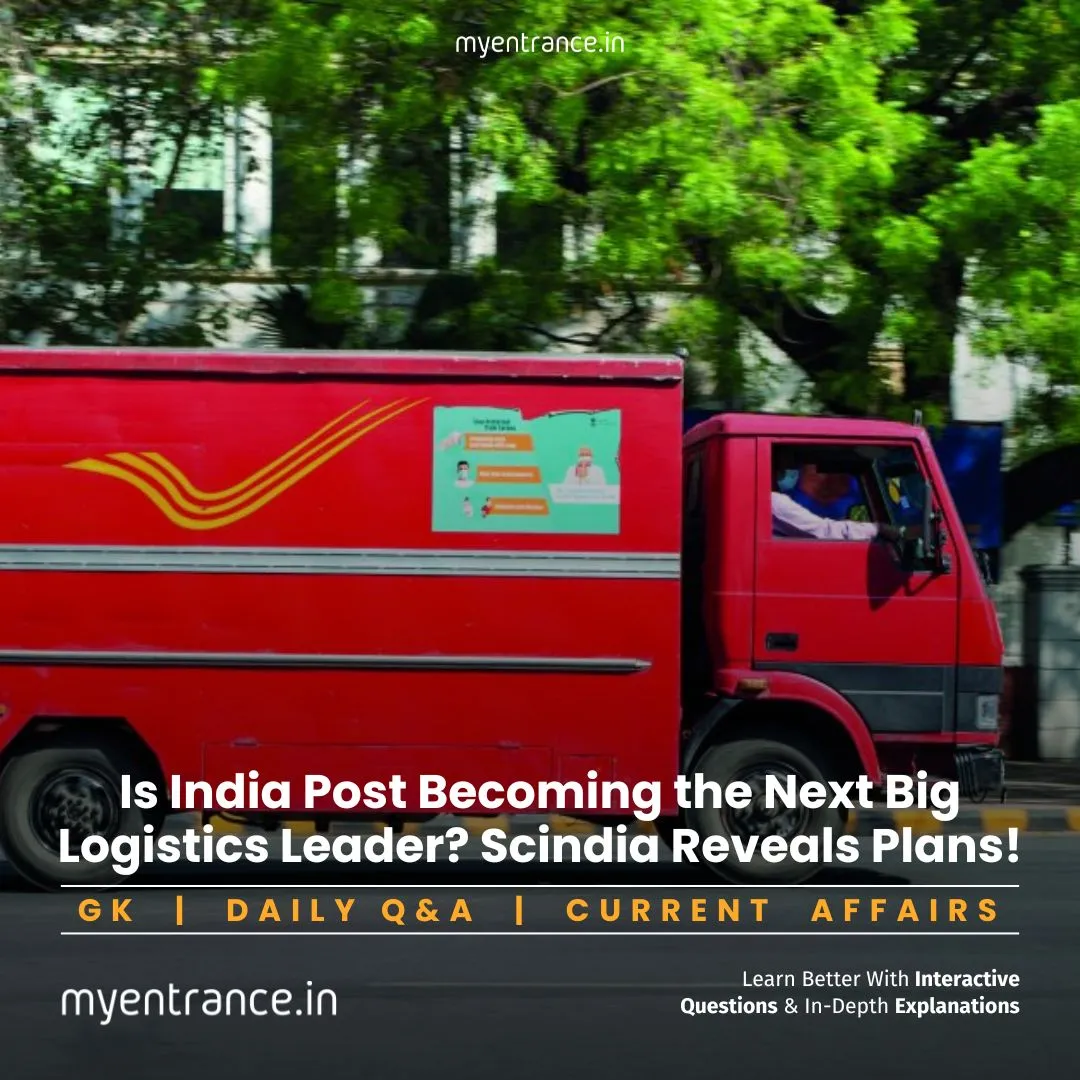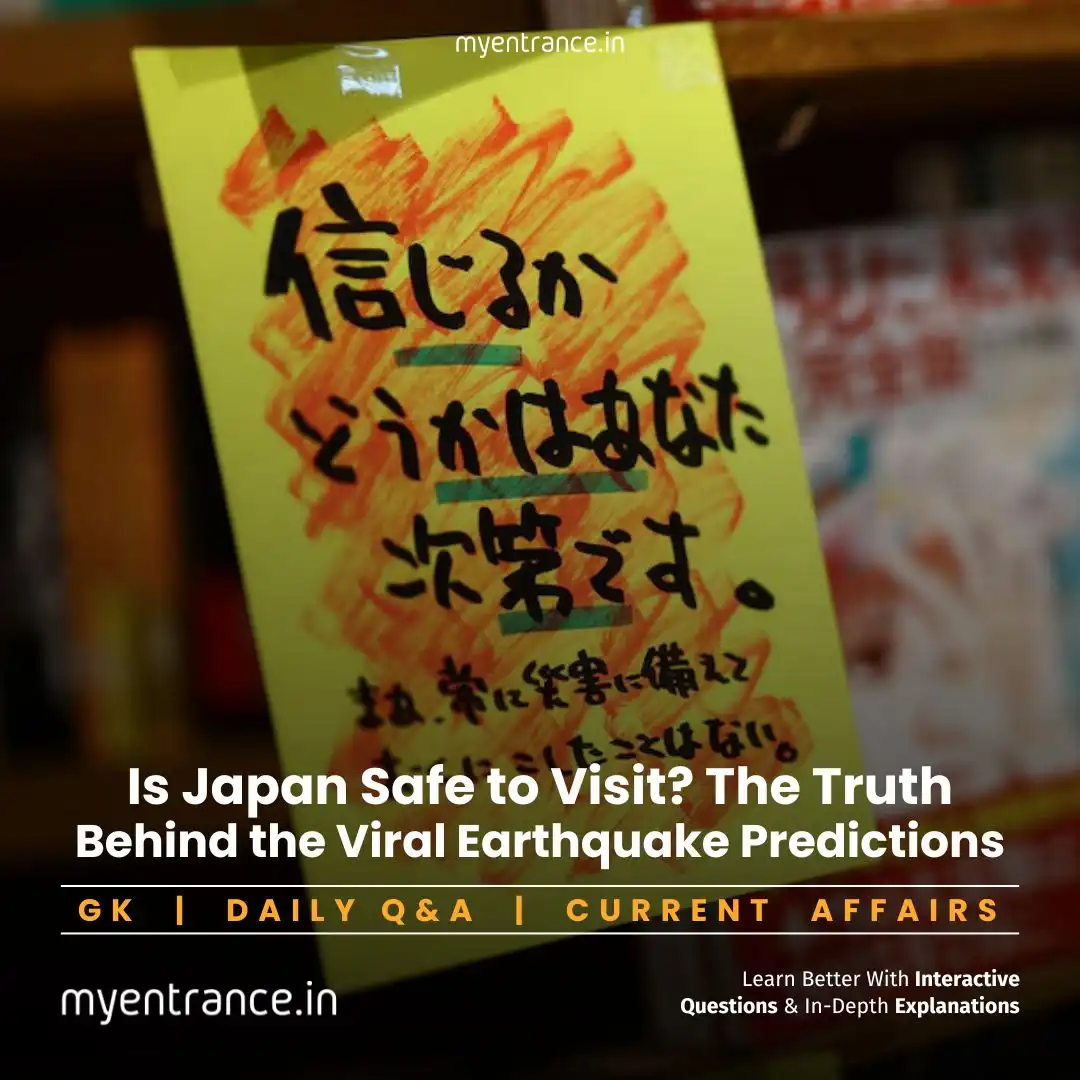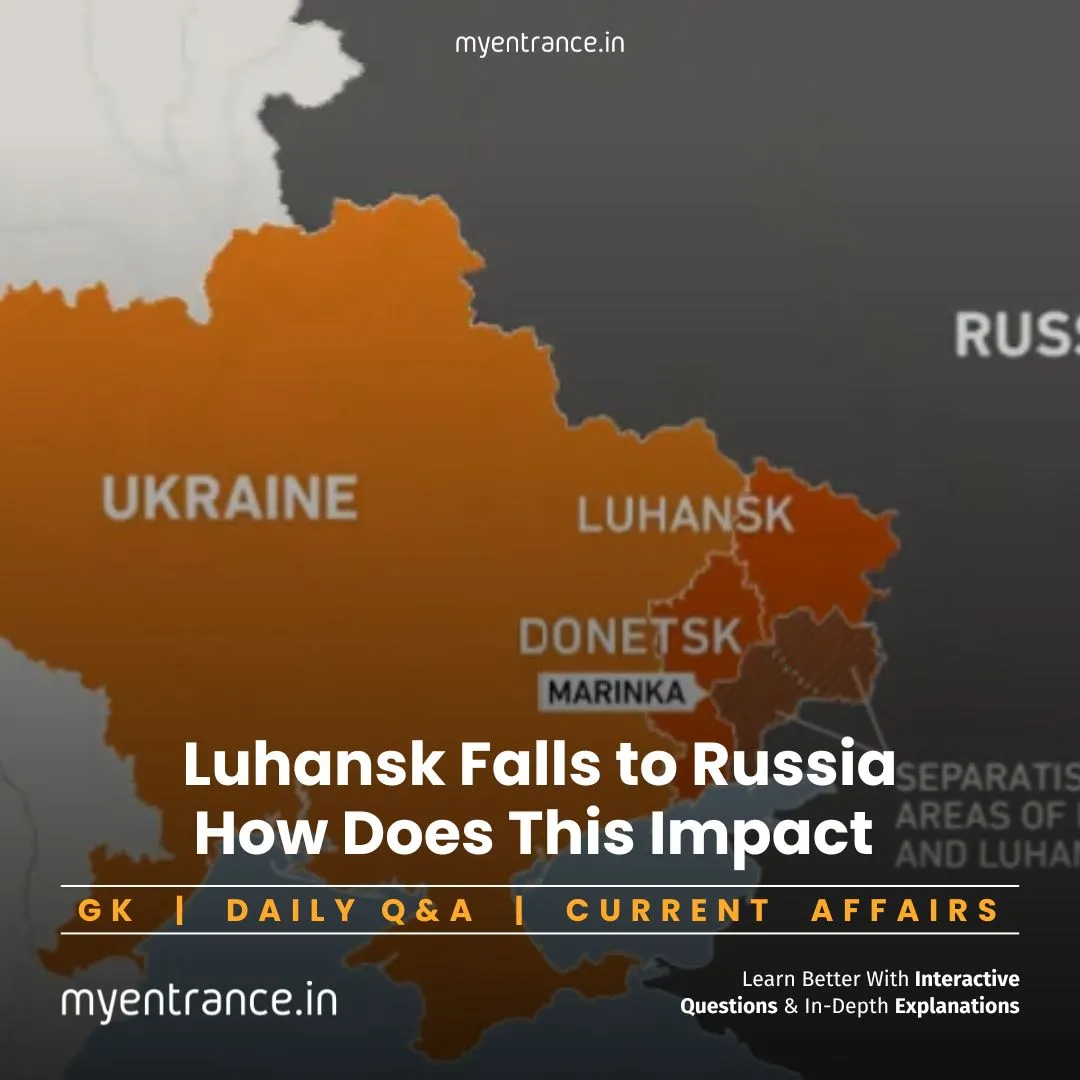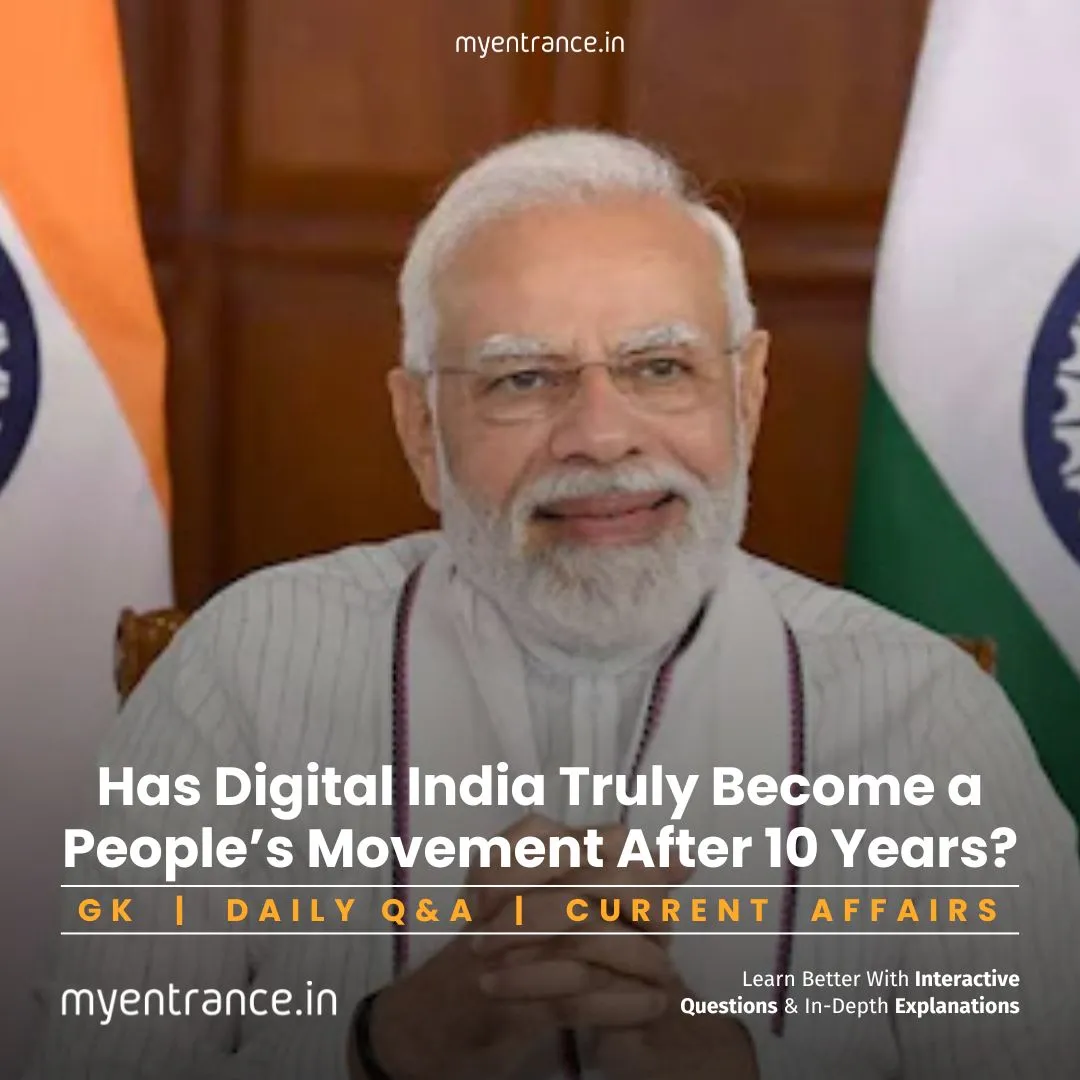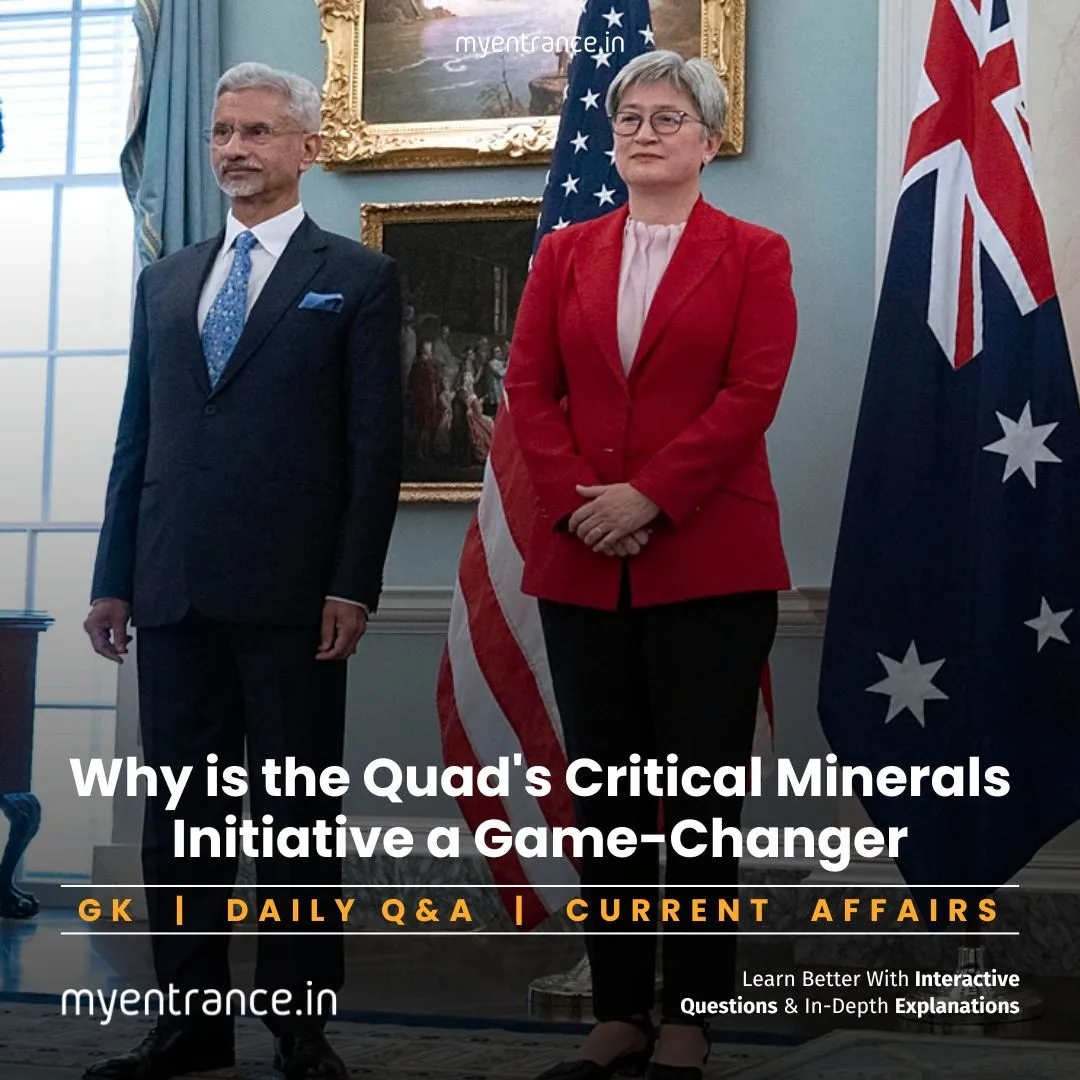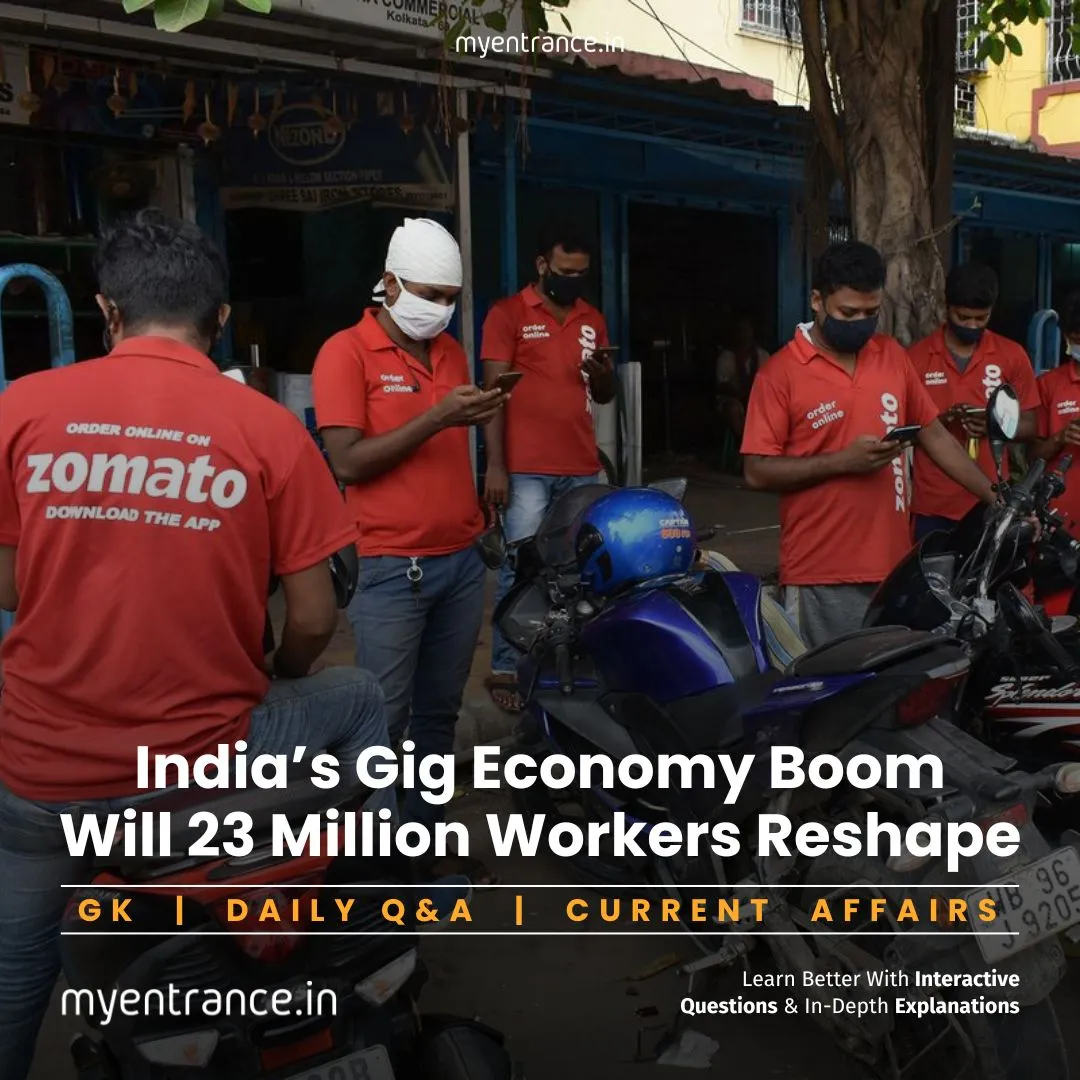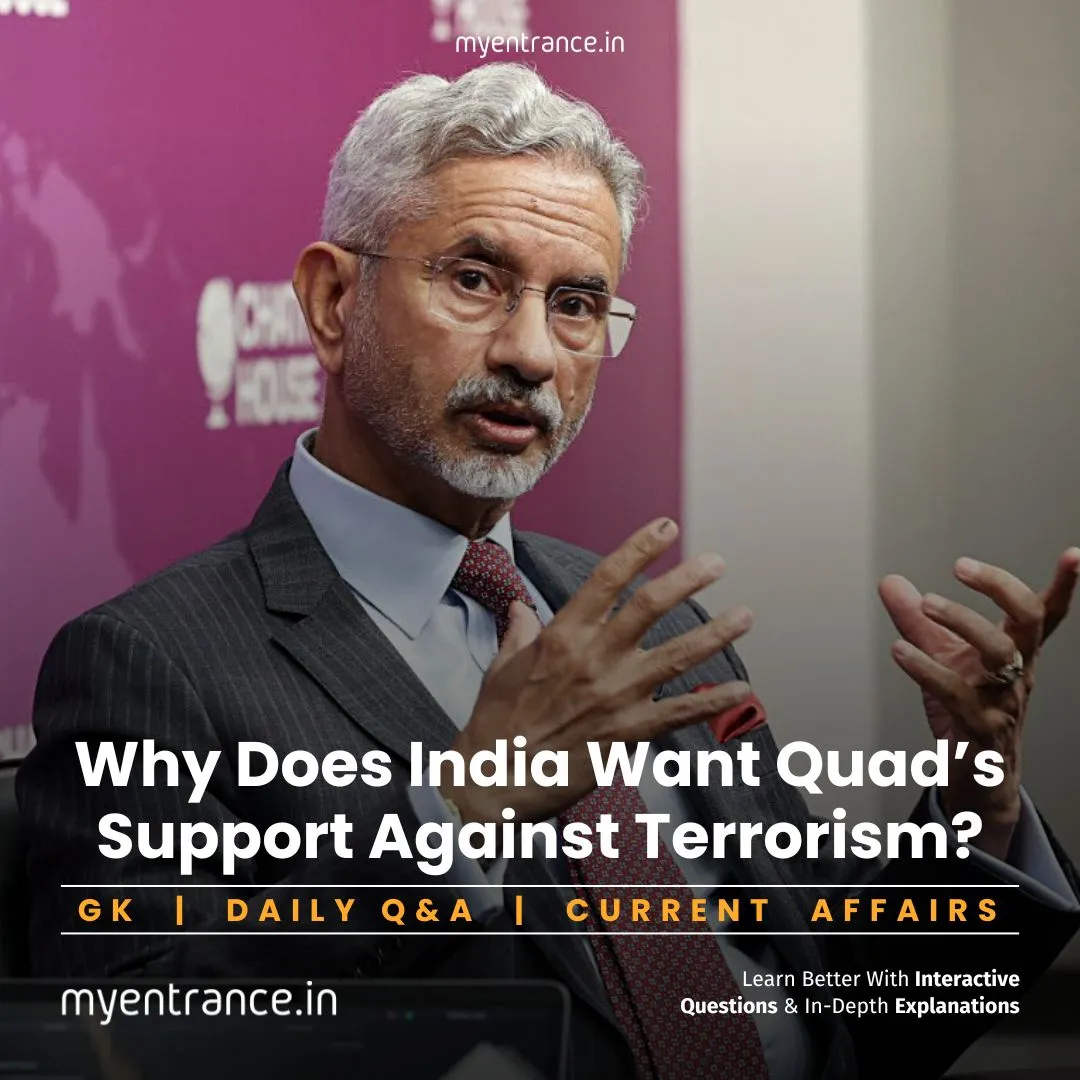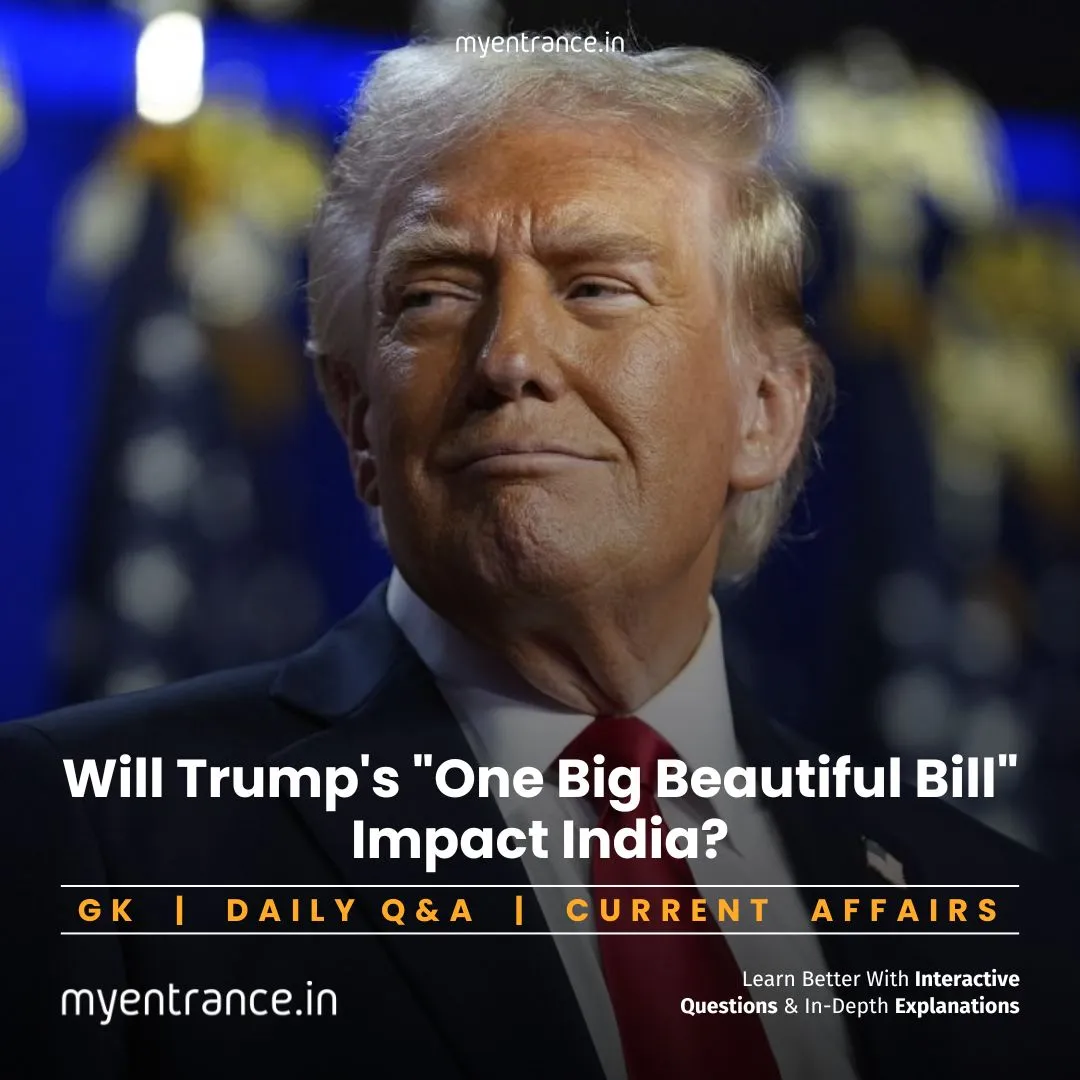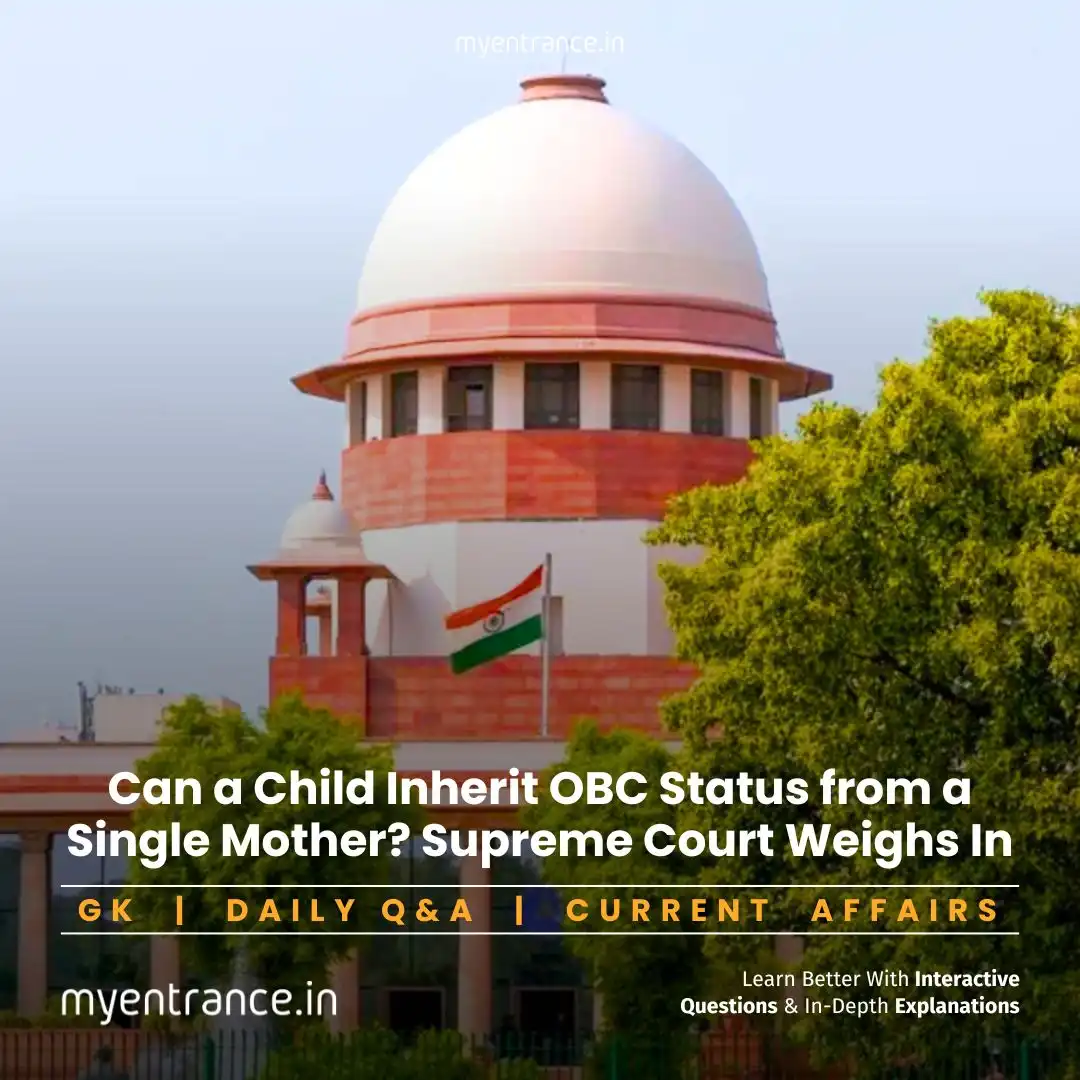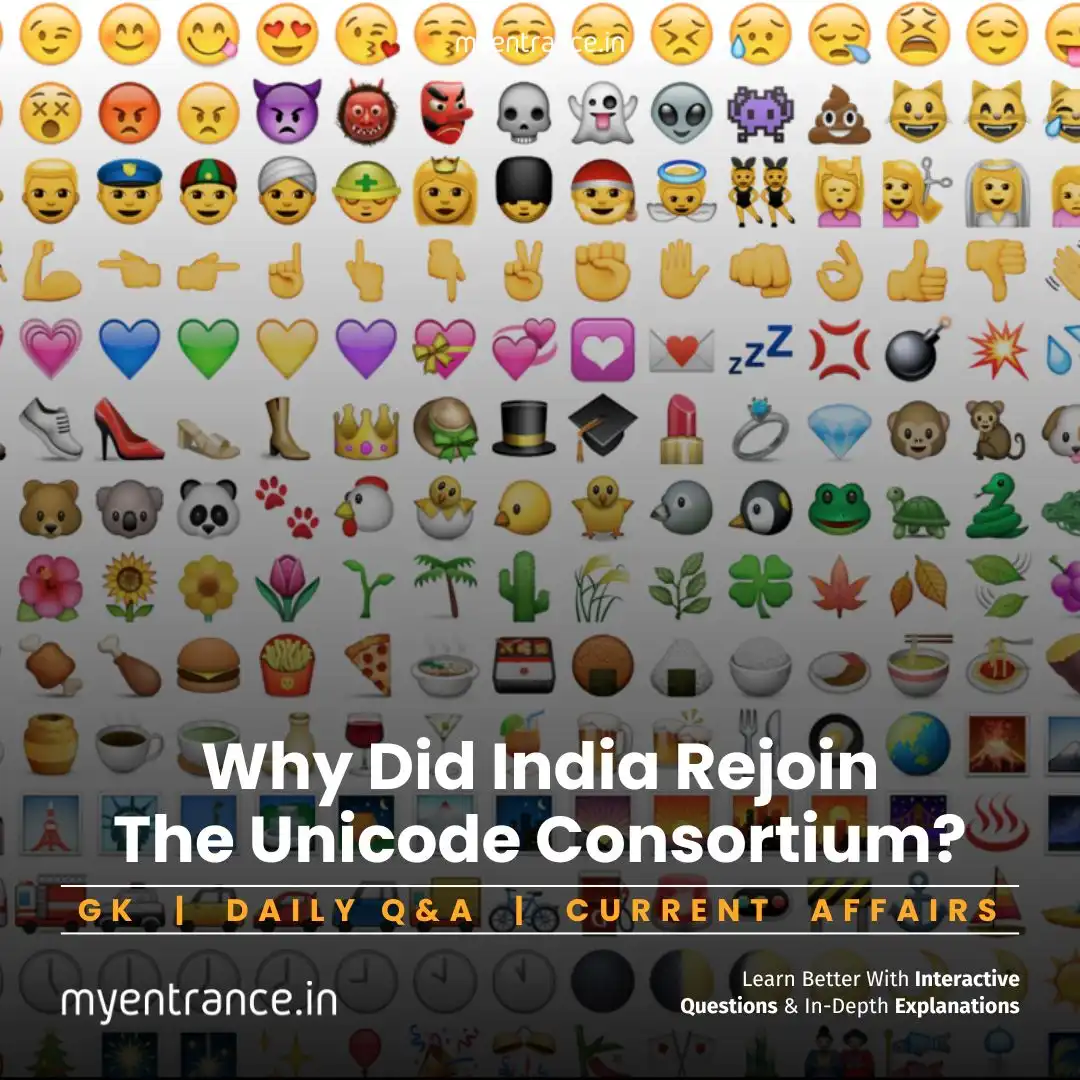Select Language
Karnataka Fake News Bill: Can Jail Terms Protect Truth or Stifle Free Speech?
Karnataka’s groundbreaking bill to combat fake news has ignited fierce debates. Critics argue its sweeping definitions could criminalize dissent and artistic expression, raising constitutional red flags.
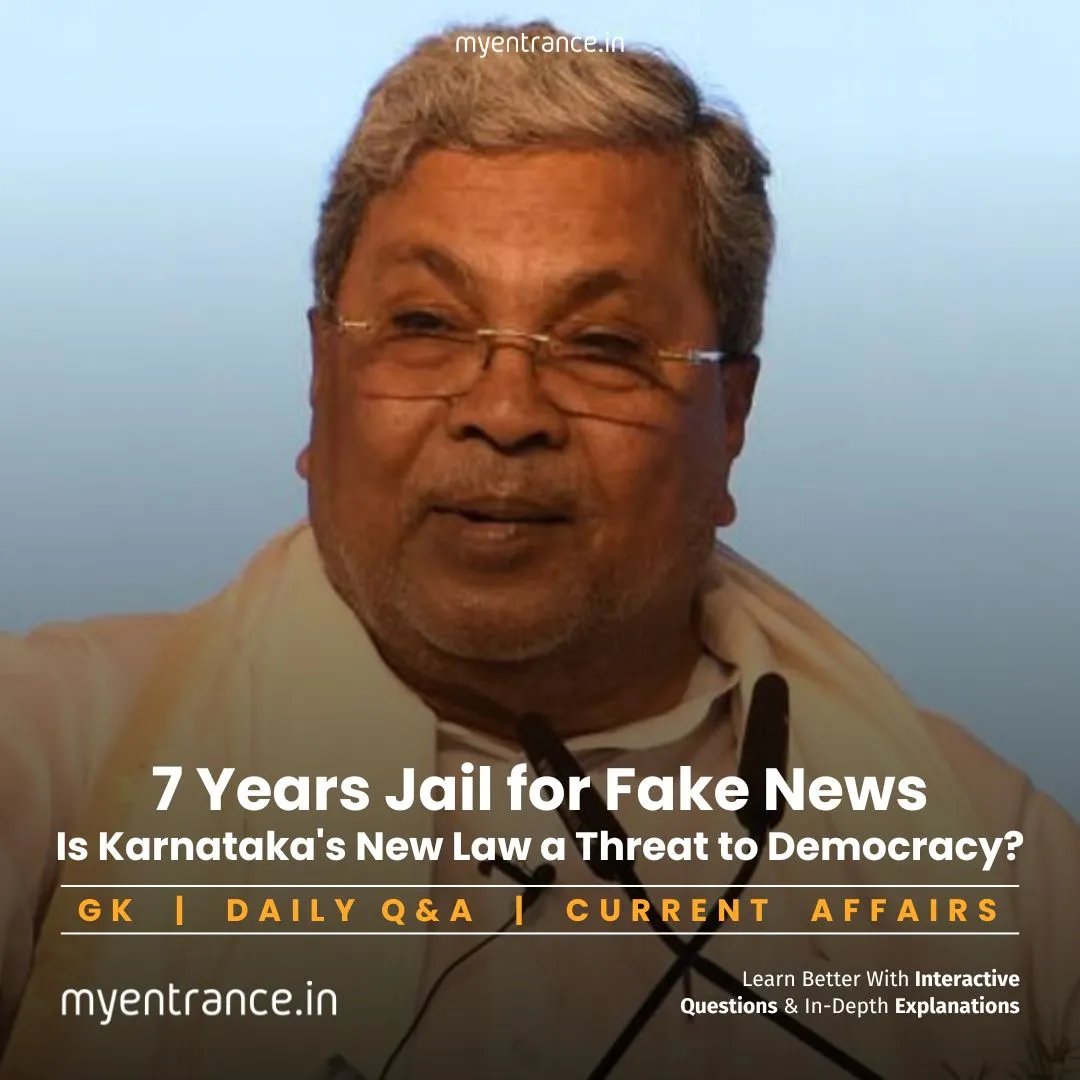
Karnataka’s Fake News Bill: Key Concerns Simplified
The Karnataka Mis-Information and Fake News (Prohibition) Bill, 2025, aims to punish social media users posting “fake news” with up to 7 years in jail and ₹10 lakh fines. But its broad language has sparked alarm:
Vague Definitions:
Fake news includes content deemed “anti-feminist,” “obscene,” or showing “disrespect to Sanatan symbols.” What qualifies? The bill doesn’t clarify.
Politicized Enforcement:
A government-led “Authority” – chaired by the Information Minister – will decide what’s “fake.” It includes politicians but no judges or free speech experts.
Special Courts & No Bail:
Accused face fast-track trials and cannot seek anticipatory bail – a drastic departure from standard legal safeguards.
Dubious Exemptions:
While “satire” or “artistic expression” is exempt, these terms are undefined. Could political cartoons or critical art still be targeted?
Why This Matters for SSC, PSC, UPSC & Law Exams
This bill intersects crucial syllabus areas:
GS Paper II: Government overreach vs. fundamental rights (Article 19).
GS Paper III: IT laws, social media regulation, and digital rights.
Current Affairs: Judicial precedents (like Shreya Singhal v. UoI) that reject vague speech laws.
Constitutional Angle: Testing limits of state power under federalism (Entry 31, List II).
Questions & Answers
Q1. Which landmark case struck down Section 66A of the IT Act, relevant to Karnataka’s Fake News Bill?
Ans: Shreya Singhal v. Union of India (2015), where the SC ruled vague speech restrictions violate Article 19(1)(a).
Q2. The Karnataka Bill exempts “artistic expression” from punishment. Why is this problematic?
Ans: The term is undefined, risking arbitrary application (e.g., calling satire “fake news”).
Q3. How does the bill conflict with the Bombay HC’s 2023 ruling on IT Rules?
Ans: The court rejected govt-controlled “Fact Check Units,” stressing independent oversight to avoid censorship.
Q4. Which constitutional right is primarily threatened by the bill’s vague definitions?
Ans: Article 19(1)(a) – Freedom of speech and expression.
Q5. What makes the bill’s “Authority” structurally biased?
Ans: Its chairperson is a ruling-party minister, with politicians as members – no judicial representation.
Key Takeaways for Aspirants
Balance Test: Laws must narrowly define “fake news” to avoid chilling free speech (Shreya Singhal principle).
Federal Overreach: Can states regulate digital platforms? (IT Act is central legislation).
Judicial Pushback: Courts consistently strike down vague speech laws – expect essay questions on this tension.
Global Context: Compare with EU’s Digital Services Act (regulated platforms, not users) or Singapore’s POFMA.
Get 3 Months Free Access for SSC, PSC, NIFT & NID
Boost your exam prep!
Use offer code WELCOME28 to get 3 months free subscription. Start preparing today!


